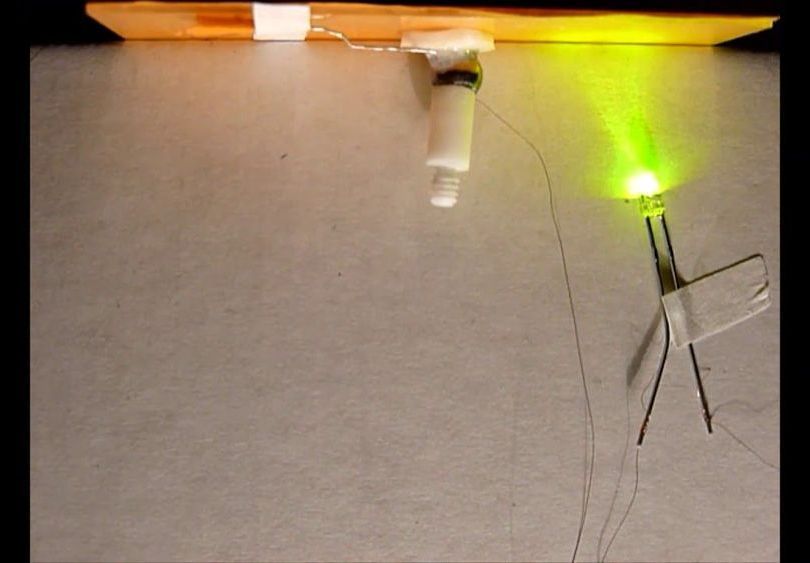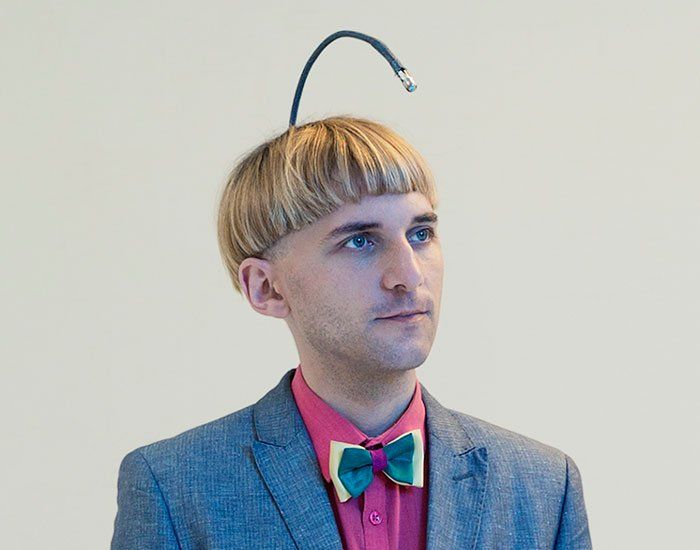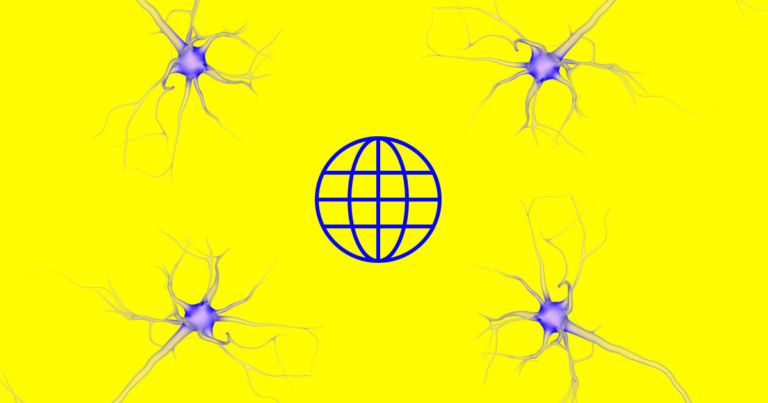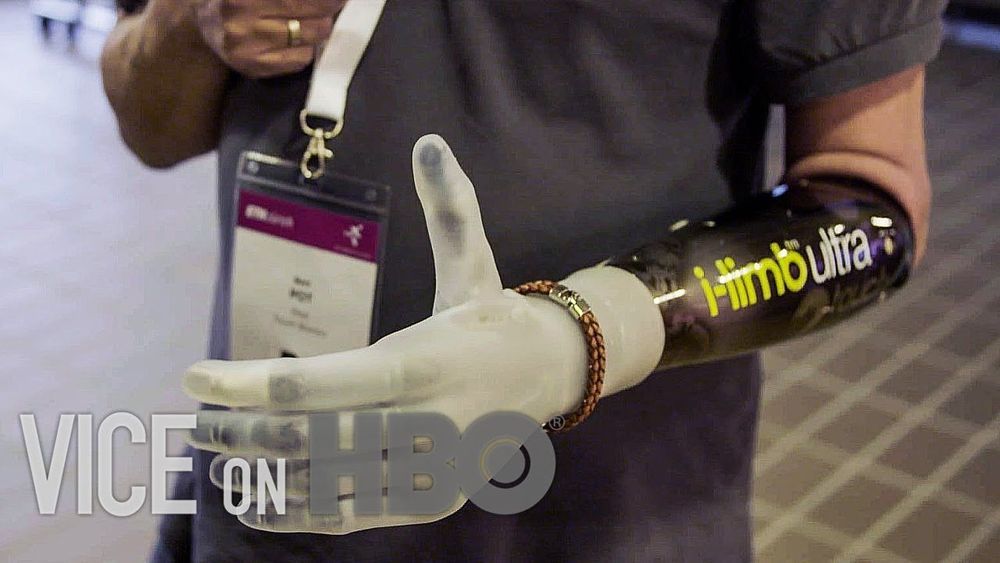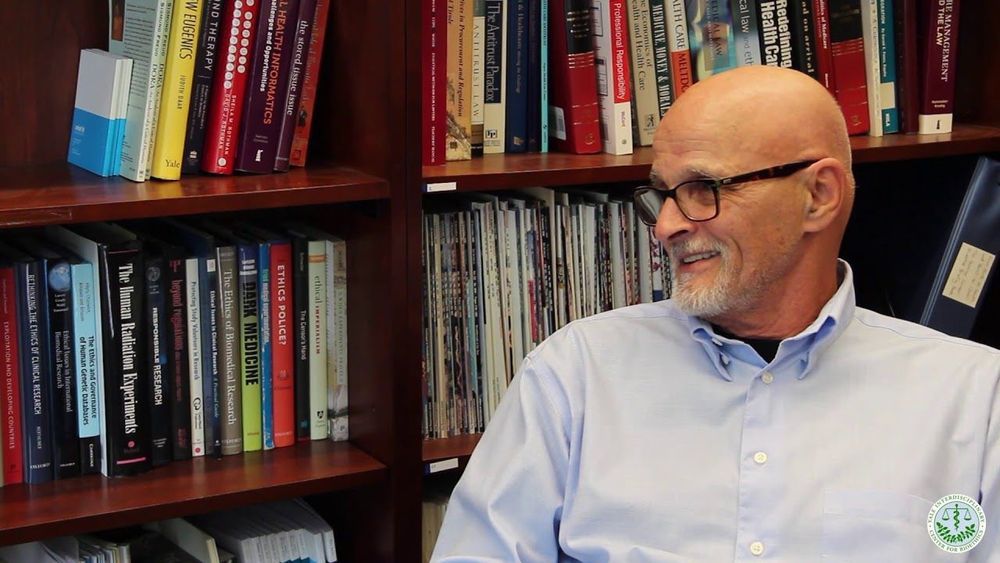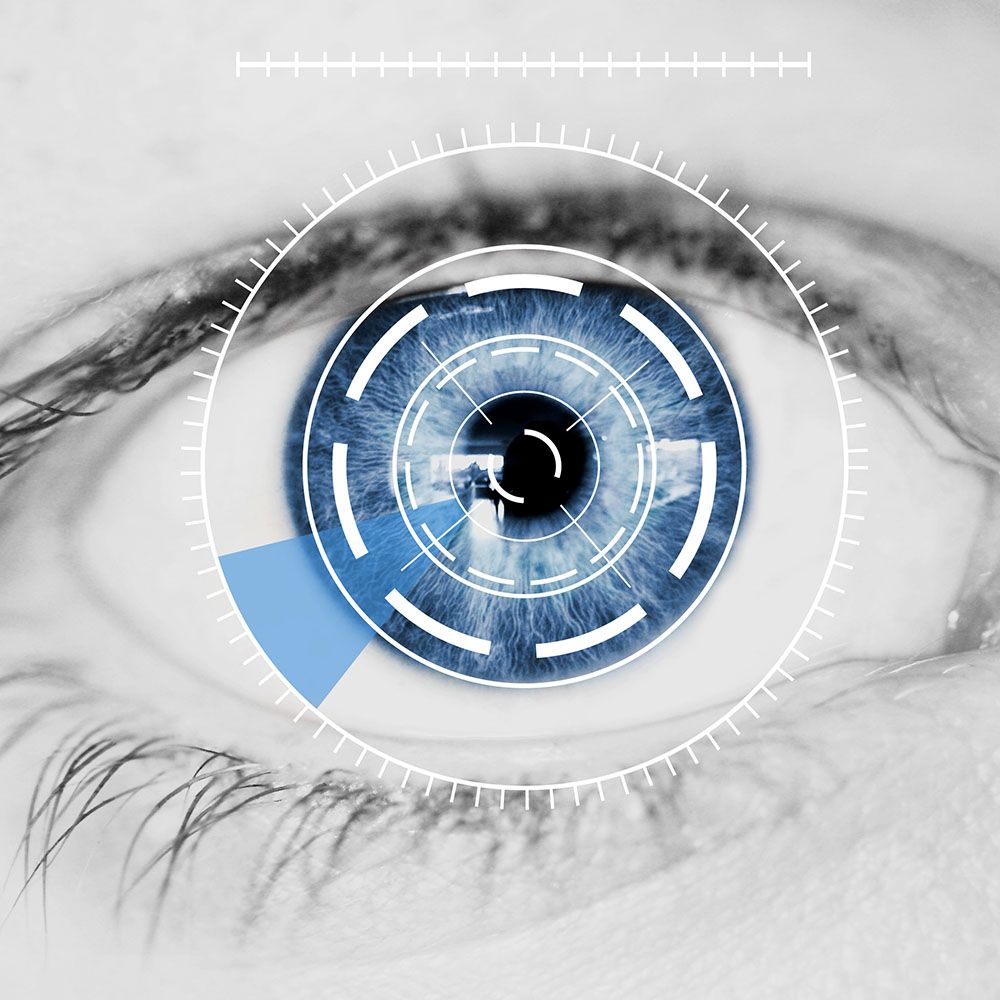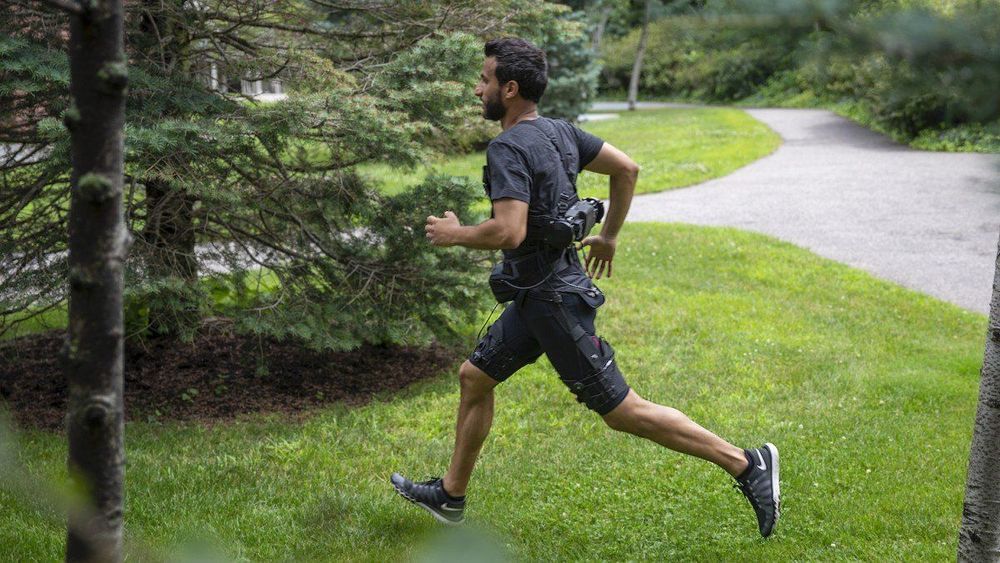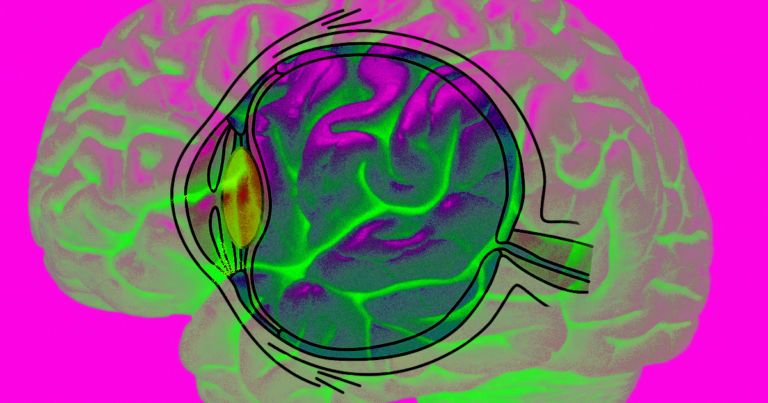Mar 3, 2020
Engineers zap and unstick underwater smart glue
Posted by Quinn Sena in categories: biotech/medical, cyborgs, engineering
With a small zap of electricity, biomedical engineers at Michigan Technological University take an underwater smart glue prototype from sticky to not in seven seconds.
Turning adhesion on and off is what makes a glue smart. It’s one thing to do this in the open air and quite another under water. Inspired by nature, catechols are synthetic compounds that mimic the wet-but-still-sticky proteins secreted by mussels and offer promise for smart adhesives that work in water. The technology could help with underwater glue, wound dressings, prosthetic attachments or even making car parts and in other manufacturing.
Continue reading “Engineers zap and unstick underwater smart glue” »
